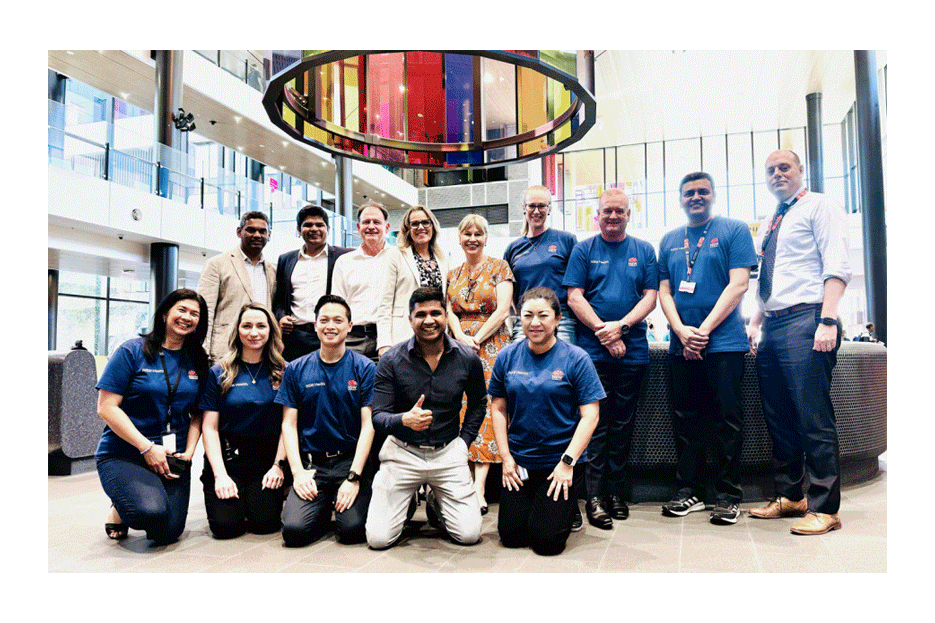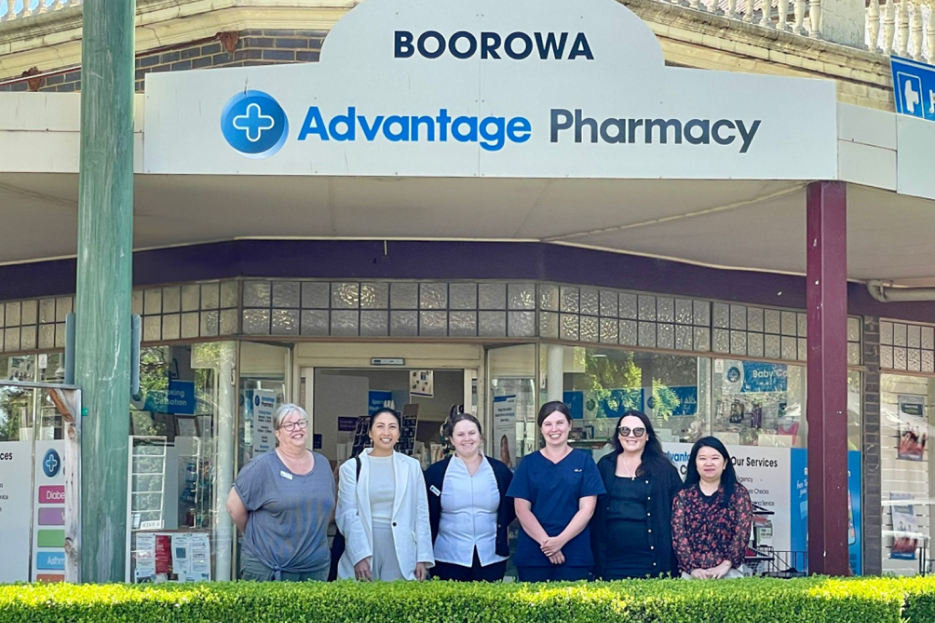The Engage Outpatients program released version 5 of the electronic Referral Management System (eRMS) in December, to support improved referral management in participating NSW Health outpatient services.
This marks an important milestone for improving the referral experience of patients, referrers, and clinicians in outpatient services in NSW.
Giving healthcare providers a better view of patient health
Electronic referral management supports the transfer of care and patient information between primary healthcare referrers like GPs to outpatient clinics or specialist facilities.
The eRMS is the central component of the Engage Outpatients digital referral management solution. Through the eRMS, outpatient clinics can receive, manage and triage referrals electronically. A faster alternative to existing manual, paper-based referral methods, including fax and post.
It provides outpatient clinicians with anytime, anywhere, digital referral management and triaging. The system also sends notifications to the referrer and patient, keeping everyone informed of the referral progress and outcome.
New enhancements and development of the eRMS
The final release of the eRMS introduces improvements tailored to meet the needs of end users who provided input and feedback on the design process. Version 5 introduces eReferral updates allowing referrers to easily send new attachments or comments on previously received referrals. Further enhancements include:
- Improved single document view to optimise documents for triage
- Additional fields to the on-hold screen to record the referrer has been notified
- Updates to patient information including estimated due date for antenatal patients
- Duplicate management
- Dashboard reporting
- Patient and carer notifications in 10 languages other than English
Rory O’Malley, Product Owner for the Engage Outpatients eRMS, is excited about the capability of multilingual patient and carer notifications to the eRMS.
“The system notifies patients of their referral outcome via SMS and email, with notifications now available in 10 preferred languages. This is helping to support the delivery of more inclusive and equitable care for culturally and linguistically diverse communities across NSW.”
This release builds on previous development and improvements including patient matching, referral redirection to another outpatient service and the ability to update referral notes, allowing users to add, remove and restore referral attachments.
These improvements enable all referral documentation to be available in a single place, making it easier for administrative staff to process referrals, quicker for clinicians to triage and streamlines the referral management process for NSW Health It provides referral data to improve outpatient service planning and support more timely access to outpatient services for patients.
Integration with the electronic Medical Record (eMR)
Local health districts are able to integrate the eRMS with their electronic medical record (eMR). This enables a patient’s referral documents and information to be automatically shared in preparation for their outpatient visit. It also reduces the need for manual data entry for clinicians and administration staff.
South Eastern Sydney Local Health District (SESLHD) and Western Sydney Local Health District (WSLHD) were the first districts in NSW to integrate the eRMS with their electronic Medical Record (eMR). Both districts went live with the Engage Outpatients solution in November. Early feedback has been positive, building on feedback from pilot site Sydney Local Health District (SLHD).
“The Engage Outpatients platform is an excellent management system for new referrals and an efficient process for receiving referrals and other documents from GPs.” shared an Administration Officer at SLHD.
“Compared to previous methods, it’s a lot more organised and eliminates the chance of misplacing important medical documents.”
User-centric approach to design of the eRMS
Clinicians and LHD stakeholders collaborated on the development of the eRMS through regular design working groups, program management groups and 43 sprint showcases. Co-designing with end-users provided invaluable insights, placing user experience at the heart of the eRMS design.
Using these insights, the team created a purpose-built eRMS platform that would support statewide implementation. Feedback and input provided by many stakeholders across the state influenced the design and enhancements now offered in the final eRMS.
Visit the Engage Outpatients solutions page to learn more.




